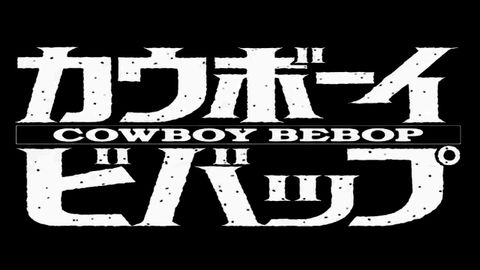
Phụ đề & từ vựng
Từ vựng video
episode
US /ˈɛpɪˌsod/
・
UK /'epɪsəʊd/
- n.sự kiện riêng lẻ;đoạn, hồi, tập;tập phim (TV, radio);sự kiện, giai đoạn;cơn (bệnh)
B1 trung cấpTOEIC
Thêm present
US /ˈprɛznt/
・
UK /'preznt/
- adj.hiện diện; có (có mặt tại một nơi, trong một chất..);hiện tại, có mặt
- n.quà;thì hiện tại;hiện tại;
- v.t.giới thiệu làm quen;xuất hiện trên truyền hình;trình bày;trình, nộp, dâng (để ai (xem) xét);trao tặng (ai cái gì)
- v.i.xuất hiện, diễn ra
A1 sơ cấpTOEIC
Thêm character
US /ˈkærəktɚ/
・
UK /'kærəktə(r)/
- n.nhân vật;kí tự;tính cách;người có cá tính;tiếng tăm, danh tiếng
A2 sơ cấp
Thêm feature
US /ˈfitʃɚ/
・
UK /'fi:tʃə(r)/
- n. (c./u.)bài đặc biệt;nét đặc biệt;nét mặt;phim truyện
- v.t.mô tả nét nổi bật của cái gì;đưa tin, giới thiệu
- adj.đặc điểm; nét
A2 sơ cấpTOEIC
Thêm Dùng năng lượng
Mở khóa toàn bộ từ vựng
Mở khóa phát âm, giải thích và bộ lọc
